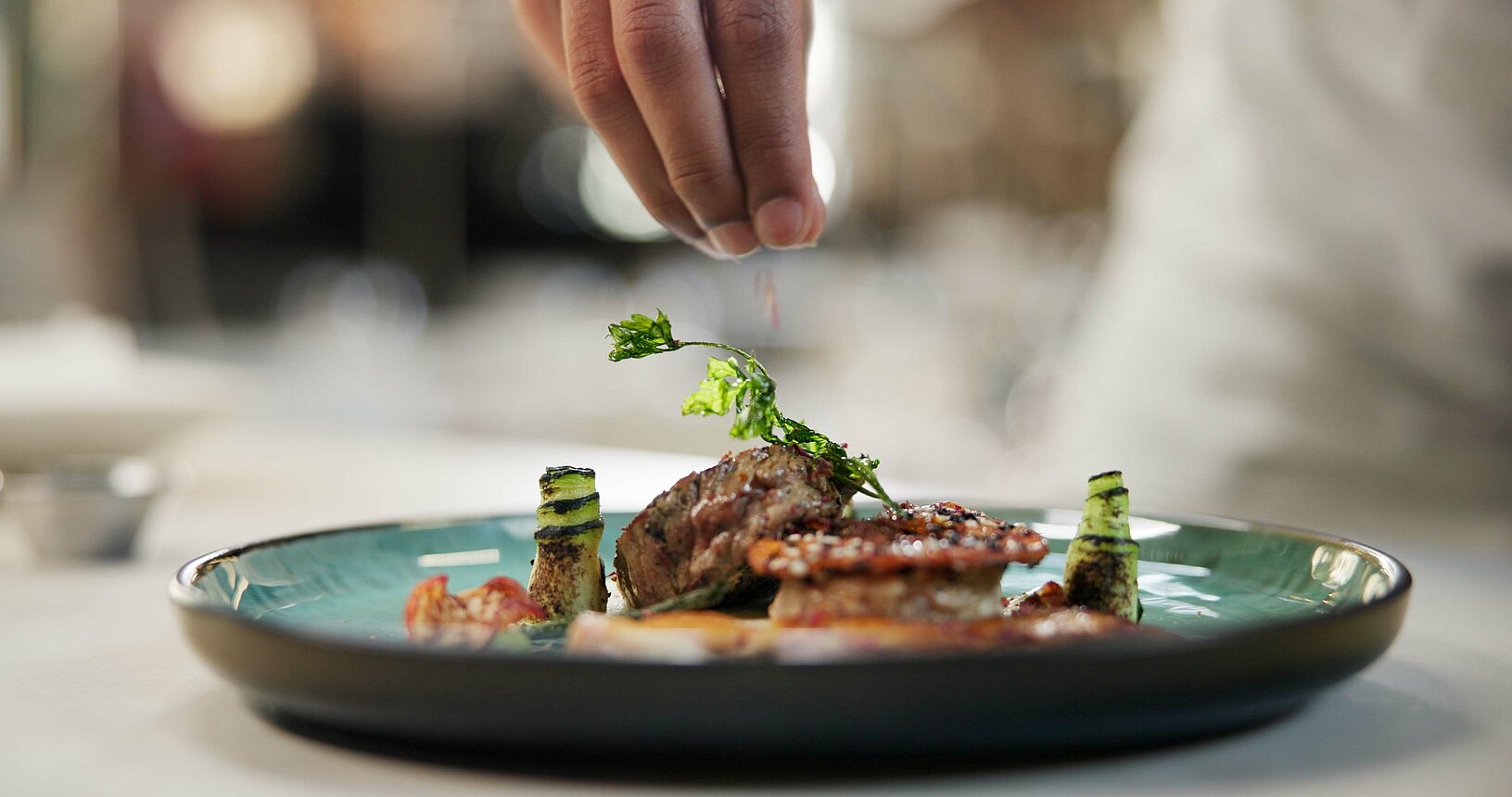According to a “Spices and Seasonings Market” report from Markets and Markets, the market for global spices and seasonings is predicted to reach a value of $27.4 billion by 2026, representing a CAGR of 5.2% over five years.
This is largely a reaction to changing consumer demand, including a growing interest in global spices, particularly from the Asia Pacific region, along with the potential health benefits of certain herbs and spices.
There’s no end to the innovative ways new spices can be incorporated into menus and packaged foods. Which spices, blends, and flavor pairings are gaining notice in the current marketplace? Take a closer look at the global inspirations and innovative blends that are on the rise.
 Global Spice Inspiration
Global Spice Inspiration
When it comes to culinary adventure, inspiration can come from anywhere. The interest in Asian spices has dominated in recent years and appears to be going strong, but African spices continue to gain momentum as well.
Berbere
Berbere, a spice blend popular in Ethiopian cuisine, relies on a base of chili peppers and can include a laundry list of vibrant ingredients, including:
-
Sweet spices like cardamom or korarima (Ethiopian cardamom), cinnamon, and nutmeg
-
Savory spices like garlic, onion, coriander, and cumin
-
Zesty or peppery additions like ginger, cloves, and ajwain
This hot blend is frequently found in stews and meat and vegetable dishes.
Want to learn more about our trends & insights? Subscribe to our Weekly Newsletter here!
Ras El Hanout
The North African region also has a lot to offer, including a Moroccan spice called ras el hanout. This sweet, pungent spice blend brings a warm complement to meat dishes, sides like rice and potatoes, and even desserts and drinks like coffee, thanks to a mix of cinnamon, coriander, cumin, and turmeric paired with pepper and ginger.
Shichimi Togarashi
While the Chinese five-spice blend has been popular for a while, the U.S. marketplace has lately been introduced to the Japanese seven-spice blend known as shichimi togarashi. Featuring ingredients like red chiles and sansho peppers, along with zesty ginger and citrus peel, toasted sesame seeds, nori, and hemp seeds, this spicy, tangy blend is common in comfort foods like soups, hot pots, and rice dishes.
Surprising Flavor Pairings
Spices aren’t limited to entrees and sides. Wowing consumers means thinking outside the box and showing them what’s possible, and innovation can come at the end of the meal in the form of surprising and innovative dessert flavors.
The marriage of chocolate and spice isn’t exactly new; consider Mexican hot chocolate. However, there are always new ways to experiment with this warm and satisfying flavor combination.
Peppermint bark is practically a holiday staple, but spiced chocolate bark, featuring rich, dark chocolate paired with cinnamon and ancho chiles, is giving it a run for its money this season.
Sweet and salty combos are another perennial favorite, and you can get extra mileage by upgrading from sea salt to miso. Paired with caramel, this Asian seasoning not only delivers delicious saltiness but also a tangy, umami profile that takes salted caramel to the next level.
Unique Applications
Making the most of new flavor trends requires some amount of experimentation. Both chefs and food manufacturers may get more mileage out of spices by using them to create delectable sauces and marinades, as opposed to simply adding them directly to dishes.
Many spices and seasonings can also be modified to create flavorful snacks that help introduce regional markets to new flavors.
Meeting Market Demand
For those in the food industry, there’s always a fine line between giving consumers what they already love and providing what they don’t yet know they want. By innovating creative spice blends, experimenting with unconventional flavor combinations, and updating classics, you can remain at the forefront of these consumer trends.
Curious to learn more about Symrise? Get in touch with us today! Contact us here.






